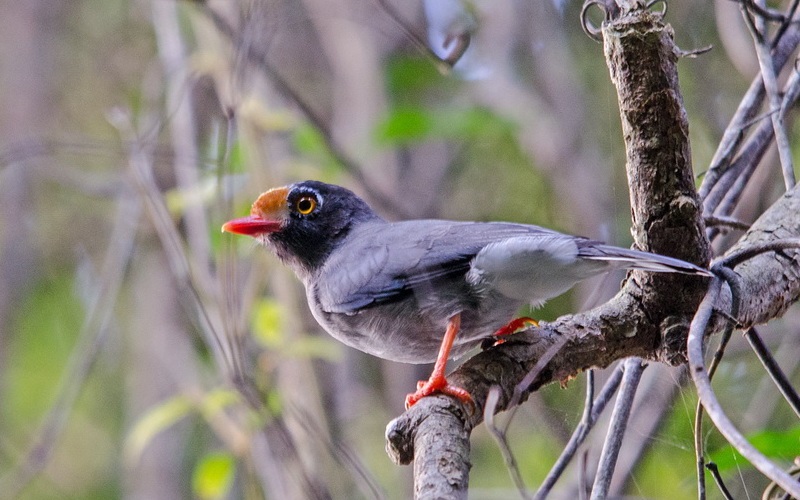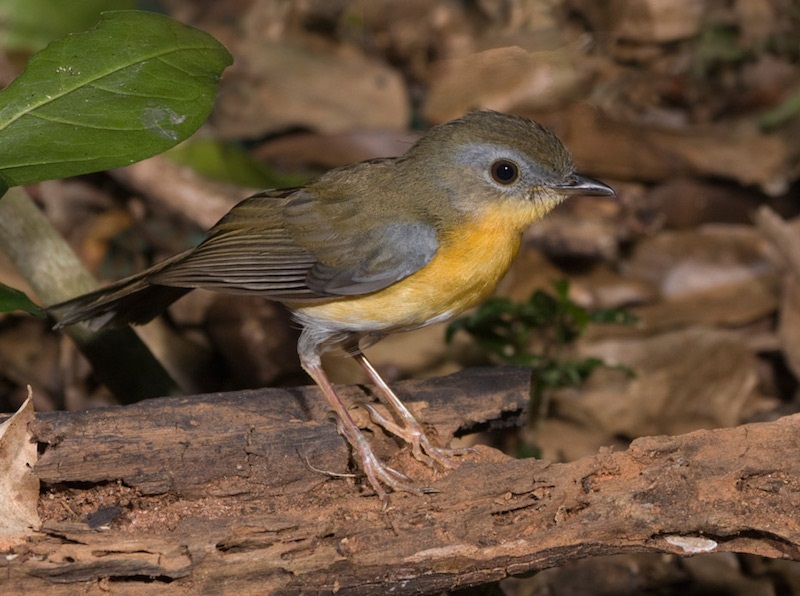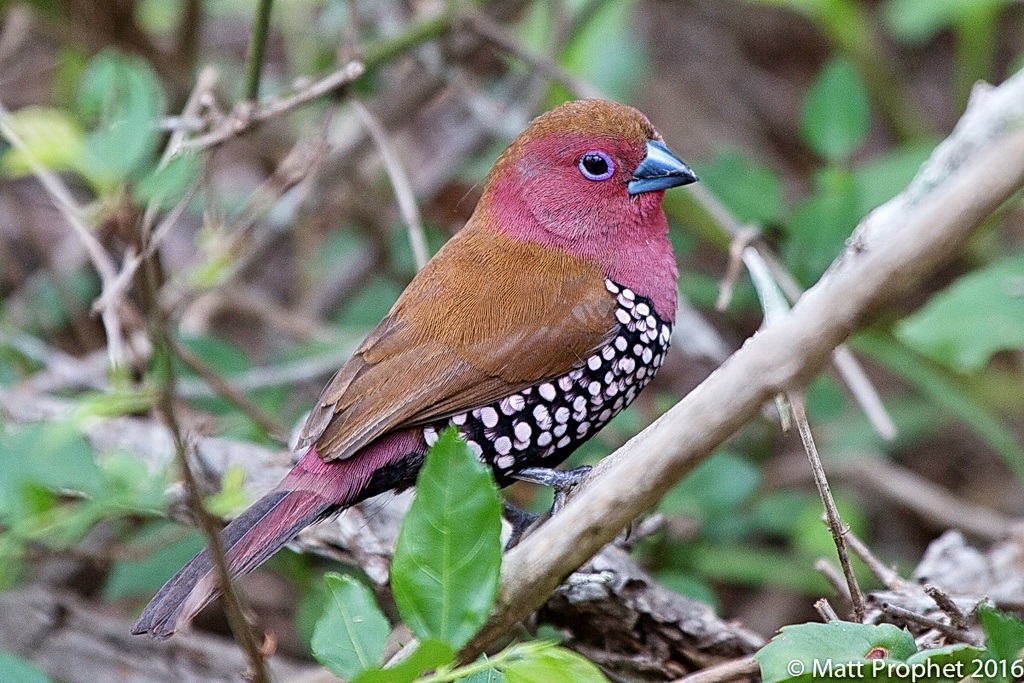Renewed access to Mozambique after years of isolation by civil war has provided tremendously exciting possibilities for birders, and the central and southern parts of the country have in the last decade become popular destinations for keen, intrepid Southern Africans and others.

In addition to numerous mouth-watering species peripheral and localised in more accessible Zimbabwe and South Africa, the lowland forests and miombo woodlands of central and southern Mozambique offer some of the best sites globally for such species as Olive-headed Weaver, Green-headed Oriole, Blue-throated Sunbird, East Coast Akalat, Chestnut-fronted Helmetshrike, White-breasted Alethe, African Pitta and Locust Finch, and are the wintering grounds of the localised Mascarene Martin.

Furthermore, the coast offers such tropical delights as wintering Crab Plover & Greater Frigatebird. The most popular areas for birding are, in central Mozambique, the highland forests of Mount Gorongosa, and the woodlands and lowland forests between Beira and the Zambezi. Further south, excellent birding is to be had in the woodlands around Panda and along coast around Inhambane, Vilanculos and Bazaruto Island.

The vast area of Mozambique north of the Zambezi has remained virtually unexplored since Jack Vincent’s explorations there in the 1930s. Access to the region is however reasonably good, and a 1998 expedition to Mount Namuli near Gurue re-discovered the country’s only endemic, Namuli Apalis, hitherto unseen since its 1932 discovery and found to be still thriving in the forests of this truly spectacular massif.

Other exiciting species of the northern forests include the enigmatic and elusive Dapplethroat, Thyolo Alethe and, on Mount Chiperone further south, White-winged Apalis.

Birders travelling in Mozambique will need to be largely self-sufficient, and preferably travel in more than one vehicle, including at least one four-wheel-drive. Landmines remain a concern, although it is possible to enquire locally as to which areas are well-established to be safe. The country still offers much untapped potential to adventurous birders, and every trip turns up many exciting species from both a southern African and global perspective.
Major Source: Fatbirder
Map Source: Googlemaps™
Photo Source: ã Birding Ecotours
